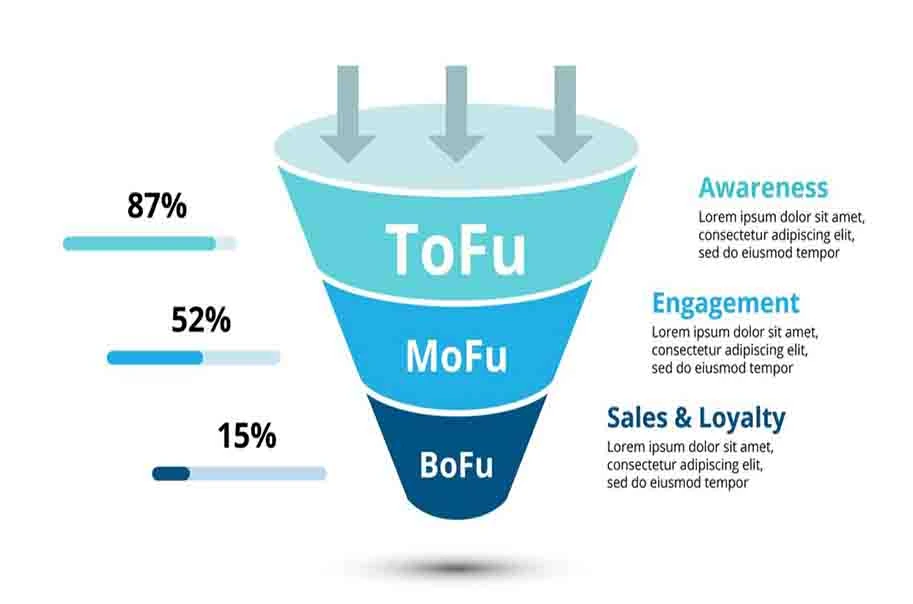Running ads is only part of the game—the real magic happens when you guide your audience through a well-structured funnel. A funnel turns cold traffic into warm leads and buyers by aligning your message with where the user is in their journey. In this article, you’ll learn how to structure a paid traffic funnel step-by-step for maximum conversions.
What Is a Paid Traffic Funnel?
A paid traffic funnel is a strategic sequence of steps designed to move users from awareness to conversion using paid ads. It breaks down the customer journey into stages and aligns specific types of content and ads to each one.
Main stages:
- Top of Funnel (TOFU) – Awareness
- Middle of Funnel (MOFU) – Consideration
- Bottom of Funnel (BOFU) – Conversion
Each stage requires a different ad strategy and message.
Stage 1: Top of Funnel (TOFU) – Awareness
Goal: Introduce your brand to a cold audience.
Best ad types:
- Educational videos
- Entertaining reels
- Infographics or blog post promotions
- Light engagement campaigns (polls, quizzes)
Platform suggestions: TikTok, Meta (video ads), YouTube Discovery
Don’t push for a sale here. Just build interest and attract attention.
Stage 2: Middle of Funnel (MOFU) – Consideration
Goal: Nurture leads who showed some interest.
Best ad types:
- Lead magnets (checklists, ebooks)
- Webinars or mini-courses
- Testimonials and social proof
- Product demonstrations or case studies
Platform suggestions: Meta retargeting, Google Display, LinkedIn
Now you offer value, build trust, and move them closer to a decision.
Stage 3: Bottom of Funnel (BOFU) – Conversion
Goal: Turn warm leads into buyers.
Best ad types:
- Product carousels
- Limited-time discounts
- Direct offer landing pages
- Abandonment retargeting
Platform suggestions: Google Search, Meta Conversion Campaigns, TikTok Spark Ads
You’ve earned their attention—now give them a compelling reason to act.
Funnel Tools to Use
- Pixel and conversion tracking (Meta, TikTok, Google)
- Landing pages with fast loading and clean CTAs
- CRM integration for follow-ups and segmentation
- Email automation for MOFU to BOFU transition
- Analytics dashboards to track each stage’s performance
Funnel Optimization Tips
- Use clear CTAs and only one per stage
- Build retargeting audiences based on pixel events
- Keep creative consistent across funnel stages
- Use A/B testing to refine messaging and layout
- Avoid jumping from TOFU to BOFU—respect the journey
Final Thoughts: Build a Journey, Not Just a Campaign
A good paid traffic funnel isn’t about pushing harder—it’s about guiding smarter. When you align your content, audience, and offers to each stage of the funnel, you create a seamless path from first click to conversion. Don’t run ads—build a journey.

